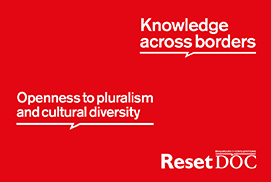12 February 2013
“Iran will have reached the final production phase for producing uranium necessary to build its first nuclear bomb at the latest by next summer.” With these words and indicating a doodle of a round bomb with a burning fuse, Israel’s Prime Minister Benjamin Netanyahu last September presented the imminent danger of Iran’s military to the U.N. General Assembly. It has been talked about for ten years, but it is not clear, not even to the International Atomic Energy Agency (IAEA) whether or not it is Iran’s intention to build a nuclear weapon. The fact remains that a nuclear programme for peaceful purposes is already under way, officially only in the Bushehr power station, while enrichment plants have started up at Natanz and Isfahan. There is a heavy water reactor at Arak. Iran is a signatory to the Nuclear Non-Proliferation Treaty, preventing it from becoming a Nuclear Weapon State, but the treaty allows nuclear power for peaceful purposes. This is the central point of the question. When and how does nuclear power for peaceful purposes achieve military status? And what is the technology needed to build a bomb? Dr. Carlo Schaerf, a professor of nuclear physics at the University of Rome “Tor Vergata,” explains. He is a strategic, international security and terrorism expert and also the president of the International School on Disarmament and Research on Conflicts (ISODARCO) and has been involved for many years in the struggle to reduce nuclear arsenals.An interview by Antonella Vicini


